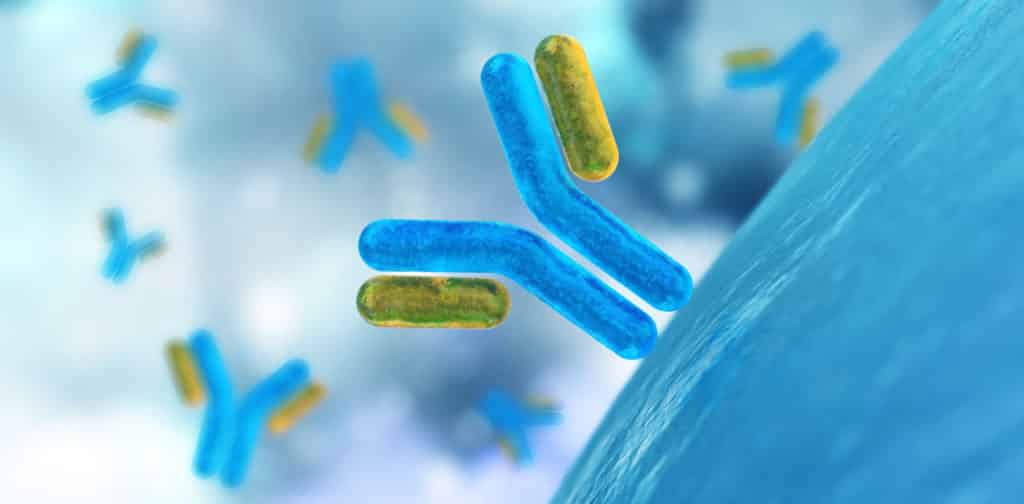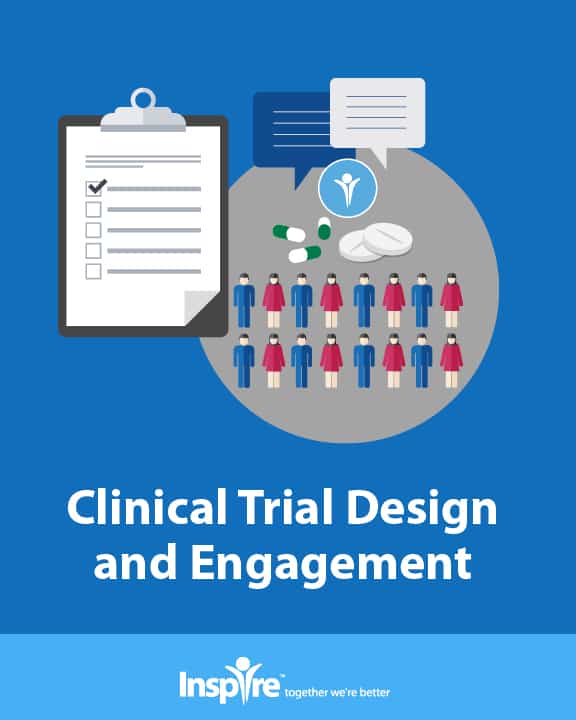“Learn something from every patient”

“I’m an exceptionally lucky guy,” the newest Nobel Laureate in Physiology or Medicine said in a recent interview.1 Dr. James P Allison, Executive Director of the Immunotherapy Platform at MD Anderson Cancer Center, was “just trying to understand the immune system” 2–and that curiosity led to a discovery that has revolutionized cancer treatment.
Allison described the beginnings of this interest in the immune system during a press briefing at the International Cancer Immunotherapy Conference in New York, held October 1 after he received notification from the Nobel committee. “I was taking an undergraduate immunology course at the University of Texas, Austin and the professor, Bill Mandy, he was an antibody guy, but he had one lecture on T-cells…because they had just been discovered.” Allison went to his professor’s office after class and said, “What about these T-cells? And he [Dr. Mandy] said, ‘They just go around the body, go in your tissues, in your blood, in your lymphatic and do stuff, you know.’ I asked, ‘What do they do? How do they know what to do?’ He said, ‘I don’t know. I don’t know if they really exist. I think they’re just cells that pick up antibodies.’” 2
From this first attempt to learn about T-cells, Dr. Allison has made a career finding out the answers to his undergraduate questions. His story speaks to what determination, persistence, support and teamwork can achieve.
Born and raised in Alice, Texas, Dr. Allison attributes his luck for getting him into science. “Growing up in a small rural town…did not foster a lot of academic interest,” he said in a recent interview. 3 An eighth grade math teacher and a high school guidance counselor recognized his aptitude for science. “I was really lucky to be inspired by these two people,” said Dr. Allison. Through their efforts, Allison, at age 15, participated in a summer science program at the University of Texas, Austin (UT). After that summer he signed up for a biology class as a senior. Learning that the teacher would not be teaching evolution. Allison refused to take the course. This caused uproar in the community, but Allison’s determination won out. With the help of his guidance counselor, he was allowed to take a correspondence course in biology from UT.
Allison’s father was a physician, and he considered going into medicine as well. His interest in biology and physiology may also have evolved from the experience of losing his mother when he was only 11 to lymphoma. Two uncles also died of cancer. “I got to see first hand the way radiation therapy that my mother got and chemotherapy that one of my uncles got, how it ravishes the body; terrible, the side effects.” 3
Allison attended UT from his freshman year all the way to completion of his doctorate in 1973. One experiment he conducted as a graduate student fueled his questions about the immune system even further. He noticed that mice that had been cured of leukemia with an enzyme, when re-injected with tumor cells, did not get the tumor again. Could there be a way to understand this and harness the immune system against cancer?
By 1974, Allison began a fellowship at the Scripps Clinic and Research Foundation in tumor-immunology researching human leukocyte antigens (HLA), T-cells, and their role in enabling the immune system to distinguish body cells from invaders. Phil Greenberg, MD, founding member of the University of Washington (UW) Department of Immunology, spoke at the same International Cancer Immunotherapy Conference press briefing: “We did our post-docs together in San Diego and I still remember him, driving around on a motorcycle, collecting blood specimens to get back to the lab to try to find out what the HLA molecule looked like.” 2
Dr. Allison moved back to Texas and, in 1982, he identified the T-cell antigen receptor (TCR), the cell membrane surface macromolecule that enables T-cells to recognize ‘non-self” or foreign proteins on the surface of other cells. As Dr. Greenberg stated at the press conference, “Identifying the TCR had an enormous impact and Allison did that virtually solo in a small lab in Texas…That was the beginning of looking at T-cell activation, and understanding how T-cells recognize something and how the response gets sustained.” 2
It took another six years of basic research to identify the molecule CD28 that is a co-stimulator, with TCR activation for T-cell proliferation. Searching for other molecules in the ‘family’ led to Allison’s identification of CTLA-4 in 1994.
He was not the only researcher on the quest. In 1994, two research teams independently established that the molecule CTLA-4 actually inhibits the activity of T-cells: Allison’s group, and one based at the University of California, San Francisco led by Jeffery Bluestone. 4
Allison describes himself as a basic scientist or “mouse guy.” Hypothesizing that blocking the action of CTLA-4 could unleash T-cells to attack cancer cells; he set up an experiment with his post-doctoral fellow, Dana Leach. In the experiment, mice with tumors were injected with a monoclonal antibody designed to block CTLA-4 and a set of mice with tumors who acted as control. All of the control mice died but 90% of the injected mice survived. Subsequent studies reintroduce the tumor to the experimental mice. These mice were protected. Blocking CTLA-4 had long lasting effects.
“I’ve been doing this sort of stuff for years, and I’d never seen anything like that. And I thought, ‘If we could do that in people, this is going to be amazing.’” Allison said in an interview with NPR in 2015.6 Allison went to pharmaceutical companies to produce his therapy. Unfortunately, the scientific community was focused on turning on T-cells while Dr. Allison was suggesting blocking an off switch. It took until 2009 for Yervoy, the brand name for ipilimumab, to be made available to patients. 6 Since then there has been a paradigm shift. 5
“You have to understand, when Jim discovered CTLA-4 nobody…really thought that immunotherapy was going to become the fourth pillar of how you treat cancer. And certainly pharmaceutical companies were not interested in touching anything having to do with immunotherapy. And it is his persistence that really got at least some pharmaceutical companies to be interested in and to take it…into the clinic to benefit patients,” said Jill O’Donnell-Tormey, Ph.D. She is chief executive officer and director of scientific affairs for the Cancer Research Institute (CRI).2
Learning from the failures of T-cell activation is what made the discovery of CTLA-4 possible. “The average person doesn’t understand how science works. You can learn as much from failure as from success,” Dr. O’Donnell-Tormey pointed out.2
“Being able to be a basic scientist who sees their work benefit people is the dream of everybody…in science. And I’m just lucky enough to have it work.” Dr. Allison said.
His work has led to the development of a whole class of drugs, called immune checkpoint inhibitors, which are a potent way to treat some cancers. Thousands of people have benefited from his therapy. Here is an example taken from among the many posts about Yervoy on Inspire.
“My mom was diagnosed with metastatic melanoma on both lungs 2009. (First melanoma 2004 under her toe nail). After two surgeries and chemo which did not work, did the YERVOY therapy 2012. Amazing outcome. The doctor says the Yervoy still works. No side effects. It’s 2018 and is doing ok…Only Yervoy February 2012 four times with 2 or 3 weeks in between each session. Since 2012 she had no other therapy. The doctor said it still works on her.” ~Caregiver post on Inspire
Nonetheless, Dr. Allison insists that teamwork is vital to this effort.“I’m not an MD, I’m a scientist. I have to work with the doctors to design what we are going to do in clinical trials. When you get everyone playing together, it is really special.” 2 He believes, “Science advances on the efforts of many….A succession of graduate students, postdoctoral fellows and colleagues at MD Anderson, the University of California, Berkeley, and Memorial Sloan Kettering Cancer Center played important roles in this research.” 6
From basic science to clinical research
When Dr. Allison was in graduate school, he told the audience at the press briefing, he became aware of the work of Dr. Lloyd J. Old. He met Dr. Old, called “the patriarch and chief proponent of…immunotherapy”7 at Sloan Kettering. “As I made a transition to more therapeutic work, Dr. Old said, ‘Learn something from every patient.'”2 Allison has taken that message to heart bringing the same determination, persistence and teamwork to his clinical trial efforts. “If you start doing a trial…whether you get a clinical signal or not, get those samples and study them,” Allison said. “You can understand something about a [drug combination] by knowing what didn’t happen rather than just discarding it.” He is hopeful that, “In the next five years or so, we’re going to approach 100% [cure] in some cancers of patients responding by doing the right [drug] combinations.” He feels that his Nobel Prize “should give patients hope because we’ve got things that we know work. If this didn’t work there would have been no prize.”2
Inspire offers a trusted community to patients and caregivers. Our goal with this blog, this website and our content is to provide the life science industry access to the true, authentic patient voice. In so doing, we support faithful operationalization of patient-centricity. Take a look at our case studies, eBooks and news outlet coverage.
References:
1 https://www.youtube.com/watch?time_continue=11&v=UNrrqyr4QDI
2 https://www.youtube.com/watch?v=9G_ufP3LEjg
3 https://www.youtube.com/watch?v=ySG2AwpSZmw
4 http://www.ascopost.com/issues/september-15-2014/immunotherapy-research-of-james-p-allison-phd-has-led-to-a-paradigm-shift-in-the-treatment-of-cancer/
5https://www.npr.org/sections/health-shots/2016/06/09/480435066/a-scientists-dream-fulfilled-harnessing-the-immune-system-to-fight-cancer
6https://www.mdanderson.org/newsroom/2018/10/md-anderson-immunologist-jim-allison-awarded-nobel-prize.html
7https://www.nytimes.com/2011/12/05/health/research/dr-lloyd-j-old-cancer-researcher-dies-at-78.html?ref=obituaries






